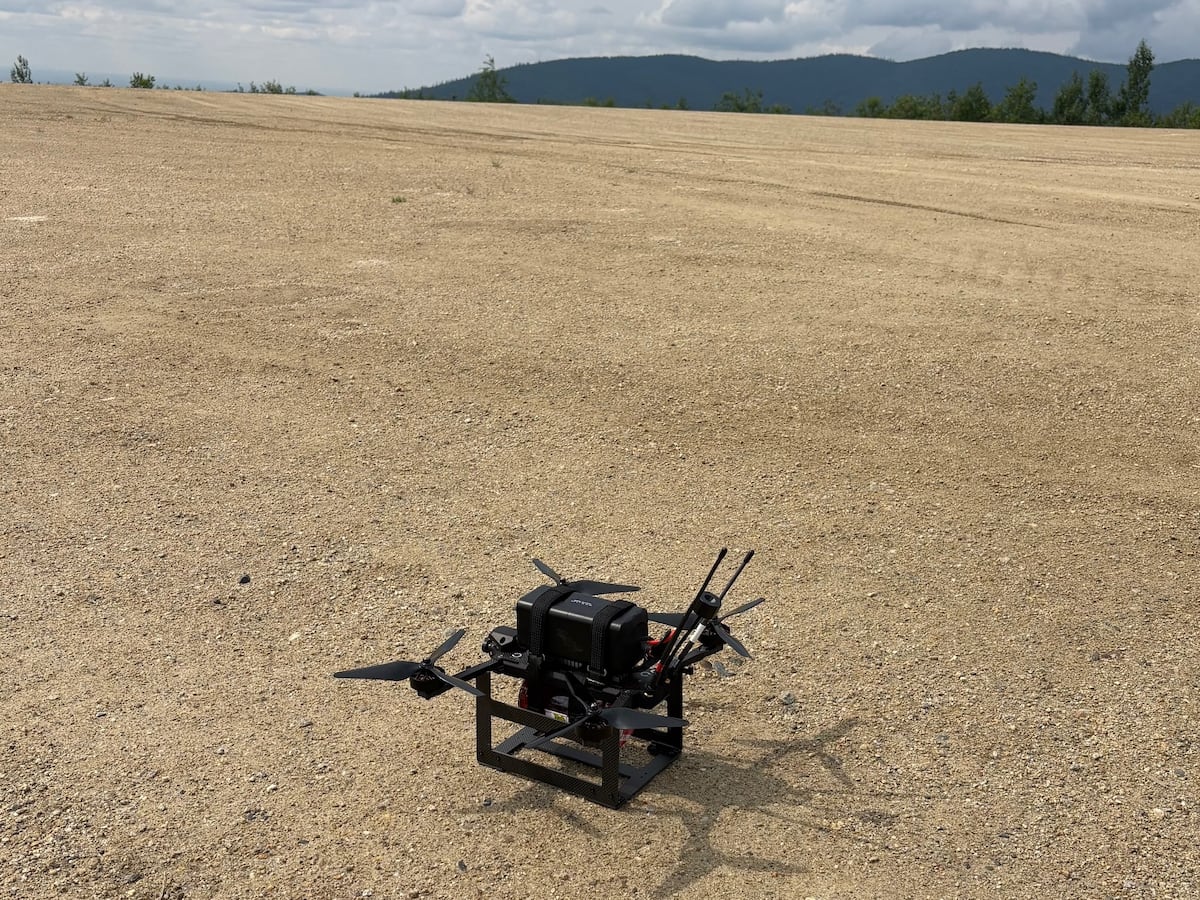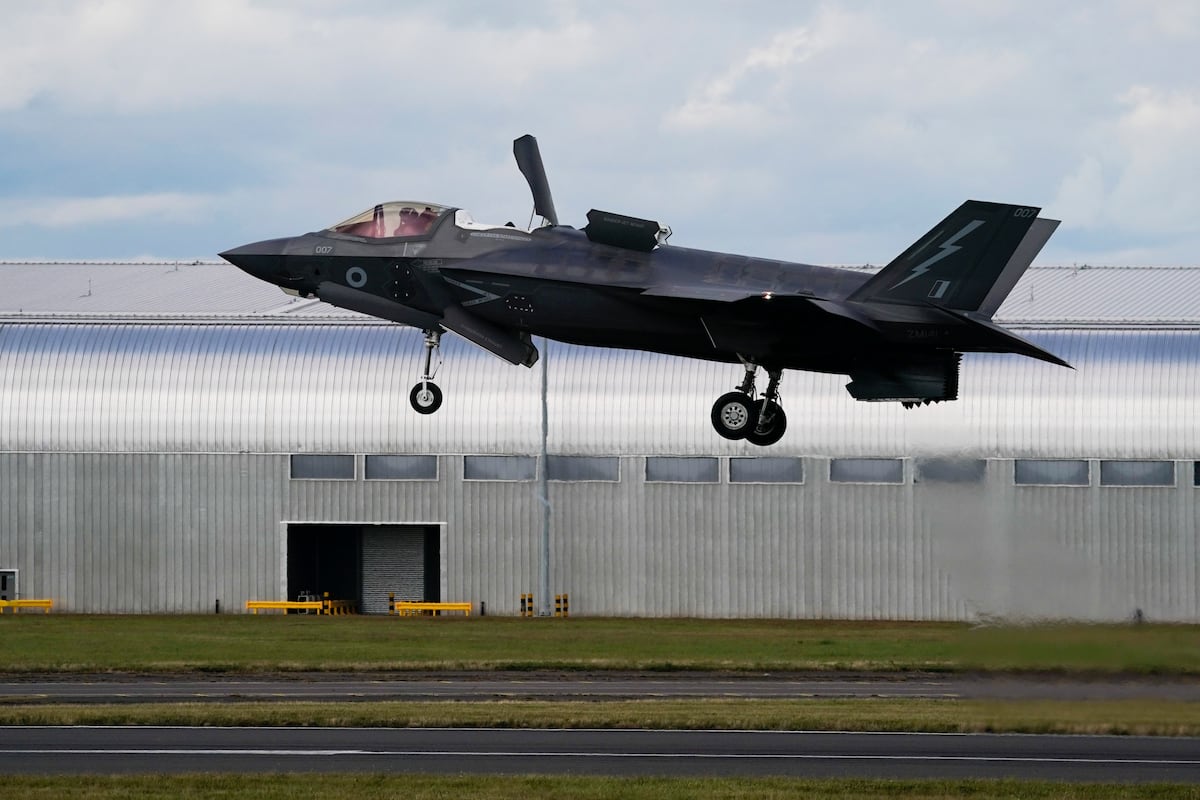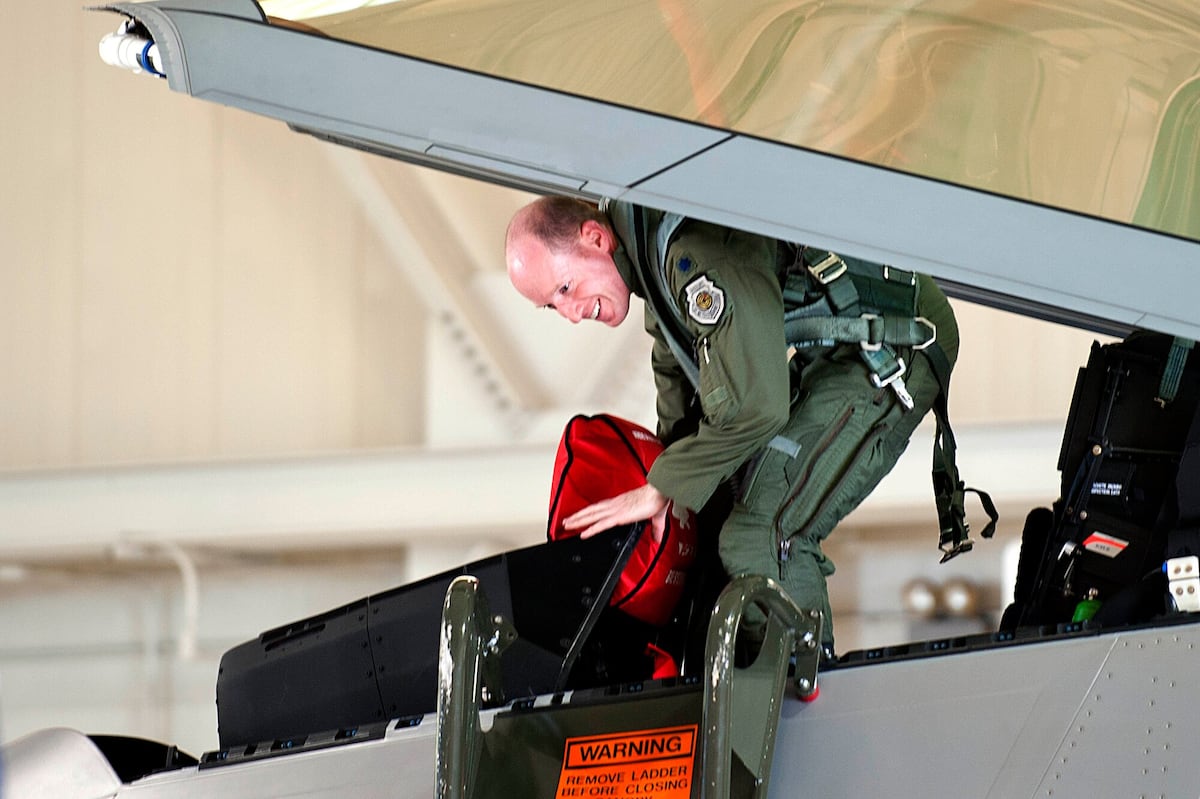FAIRBANKS, Alaska — When Neros Technologies was founded in 2023, there wasn’t much demand in the U.S. military for small, first-person-view drones.
“It took us a while to find the right customers and end users who were excited about the technology and wanted to move very quickly,” Soren Monroe-Anderson, Neros CEO and co-founder, told Defense News during a recent Defense Innovation Unit test event here.
But the company believed strongly there was military utility for small, cheap, attack drones — a reality playing out daily on the battlefield in Ukraine. So, in the firm’s early days, Monroe-Anderson and others traveled to the war-torn country to better understand how the systems were being used and what capabilities were needed.
Those visits helped sharpen the company’s focus in three areas: production, supply chain and rapid iteration, said Monroe-Anderson, a 22-year-old professional drone racer and hobbyist turned weapons-maker.
Neros worked quickly to raise the private capital it needed to build a 15,000 square foot facility in Los Angeles from funders like Peter Thiel and Sequoia Capital. It scoured its supply chain for alternatives to Chinese components. And it continuously upgraded its systems based on lessons it was seeing in Ukraine, where it has since established an office.
That early work is starting to yield results for the firm. In February, Neros won a contract from the International Drone Coalition to provide 6,000 drones to Ukraine over six months. The IDC was formed to help fuel the country’s drone supply — factories in Ukraine produced more than 2.2 million drones in 2024 — and the contract is among the largest known awards to a U.S. supplier.
Neros is now building about 1,500 of its Archer drones per month, an 8-inch quadcopter that has a range of over 12 miles and can carry a 4.5 lb. payload. Two-thirds of those systems go to Ukraine and the remaining 500 to the U.S. military, including the Marine Corps, Army and U.S. Special Operations Command, Monroe-Anderson said.
The company is currently one of two FPV companies on DIU’s list of firms whose drones meet DOD’s supply chain requirements, which prohibit the use of Chinese suppliers for key components. Last December, Neros was placed on a list of 13 U.S. defense companies sanctioned by China. The firm called the move “a badge of honor.”
Monroe-Anderson said Neros wants to increase its production capacity to 10,000 drones monthly by the end of this year. Its longer-term vision is to build a factory that can produce one million drones per year with the U.S. Defense Department as its primary customer. It’s a target that Monroe-Anderson says is “absolutely required” for the U.S. to defend itself in future wars.
“Even if the government right now isn’t handing out a contract for a million drones a year, we know that’s what the country needs,” he said. “That’s what we believe as a company, that’s what our investors believe.”
The Pentagon in recent years has made a rhetorical push to increase its inventory of low-cost, throwaway drones, but has struggled to restructure its acquisition and funding processes and realign priorities within the military services to follow through on its claims.
In 2023, the department launched a program called Replicator to address the challenge, pledging to field thousands of drones by August of this year and create a repeatable process for scaling innovation in the department. The results of that effort are due next month, and while DOD leaders say it is meeting its target, experts say the numbers it’s aiming for are much lower than what the department actually needs.
Trent Emeneker, who oversees several DIU autonomy efforts, said demand in DOD is growing for FPV drones similar to what Neros is building. The challenge is matching that demand, which is largely flowing from troops on the ground, with resources and programmatic support.
“There is enormous demand, but that demand is not backed up by funding and it’s not backed up by the program offices,” he told Defense News.
Monroe-Anderson said that as a company trying to sell to the department, he’s seen a significant posture shift in the last year. In fact, he called today’s demand “pretty aggressive” compared to Neros’ early days.
“We’ve gone from having conversations where we’re sort of trying to do the convincing to now we’re just constantly getting cold outreach asking us about our systems, asking if we can train soldiers on FPV drones,” Monroe-Anderson said. “It’s basically gone from nothing to some of our customers doing live-fire demonstrations to senior leaders in 12 months, which is a really, really fast timeline.”
While the company may not have a contract in hand that requires a major production ramp up, Monroe-Anderson said its strategy is to be ready to fulfill higher orders when that time comes.
That applies to the near-term expansion to 10,000 systems per month and the longer-term push for one million annually, which he noted will require a revamp of the company’s entire manufacturing approach.
“Availability is one of the most critical things here,” he said. “I think the companies who are going to win in this space are the ones who are able to ramp production capacity very quickly. Part of that looks like actually just proving it out to ourselves so we can go to our customers with something we believe in versus just overpromising and underdelivering.”
Courtney Albon is C4ISRNET’s space and emerging technology reporter. She has covered the U.S. military since 2012, with a focus on the Air Force and Space Force. She has reported on some of the Defense Department’s most significant acquisition, budget and policy challenges.
Read the full article here








Leave a Reply